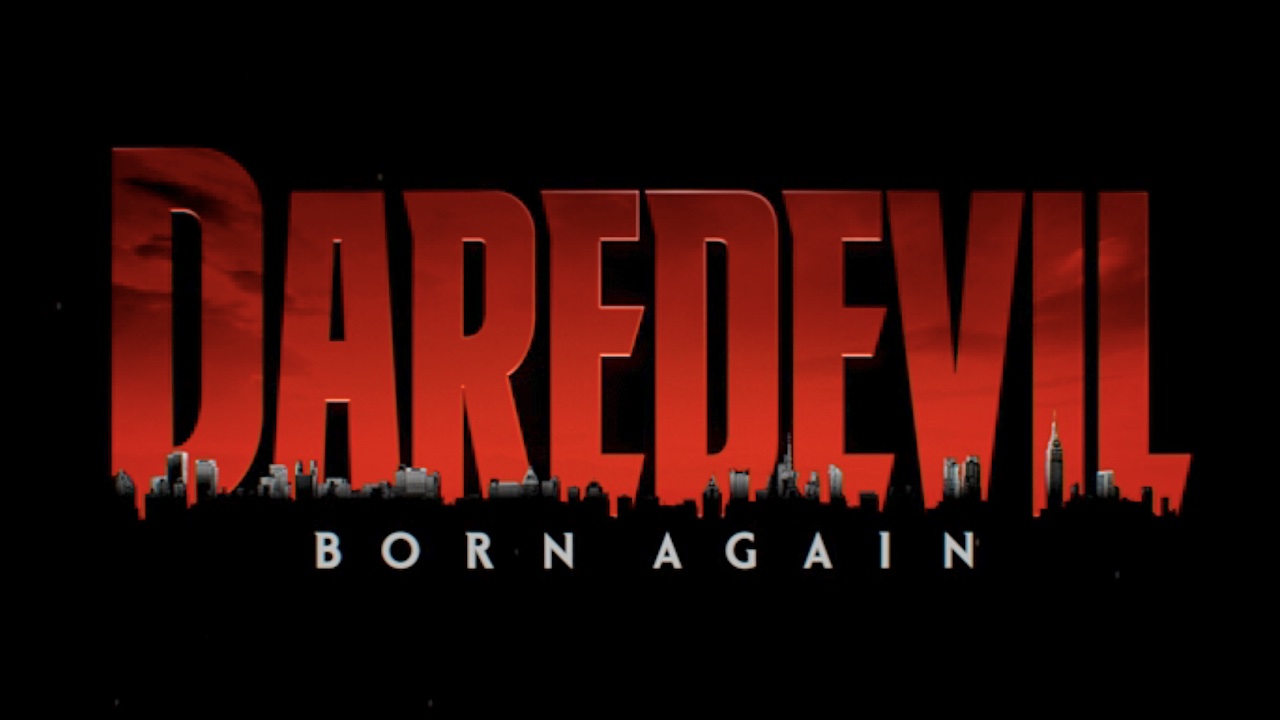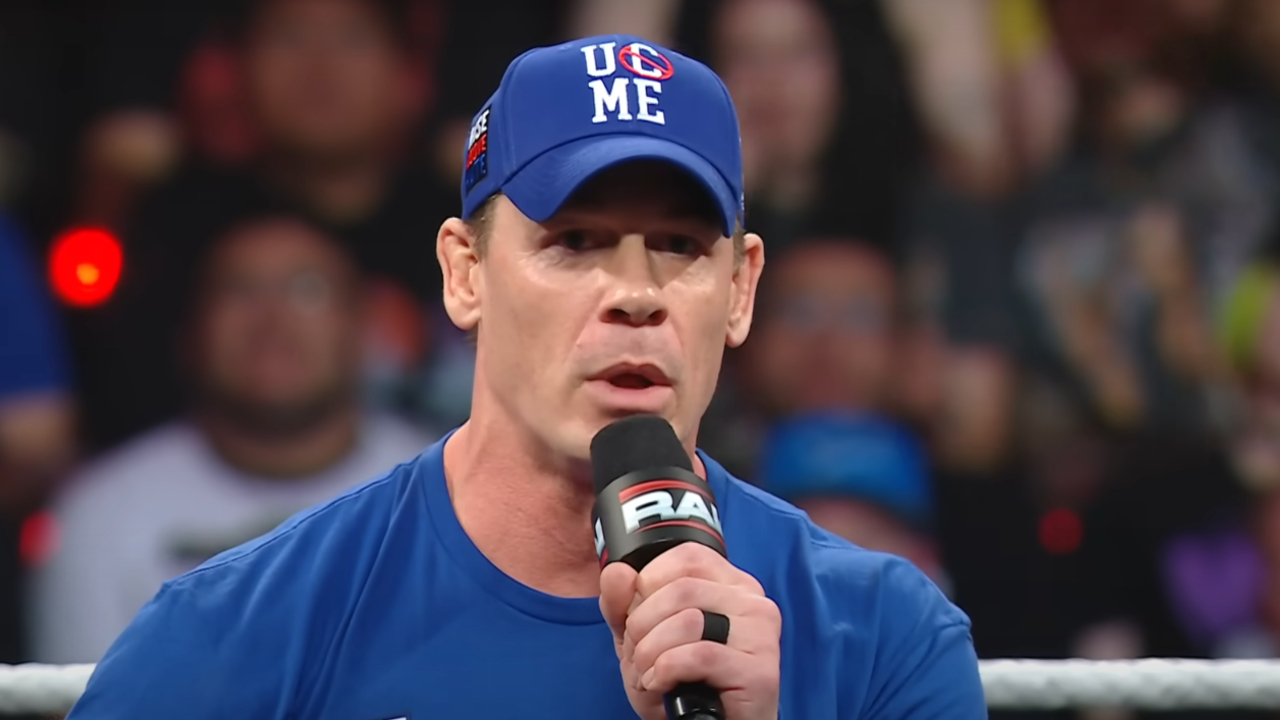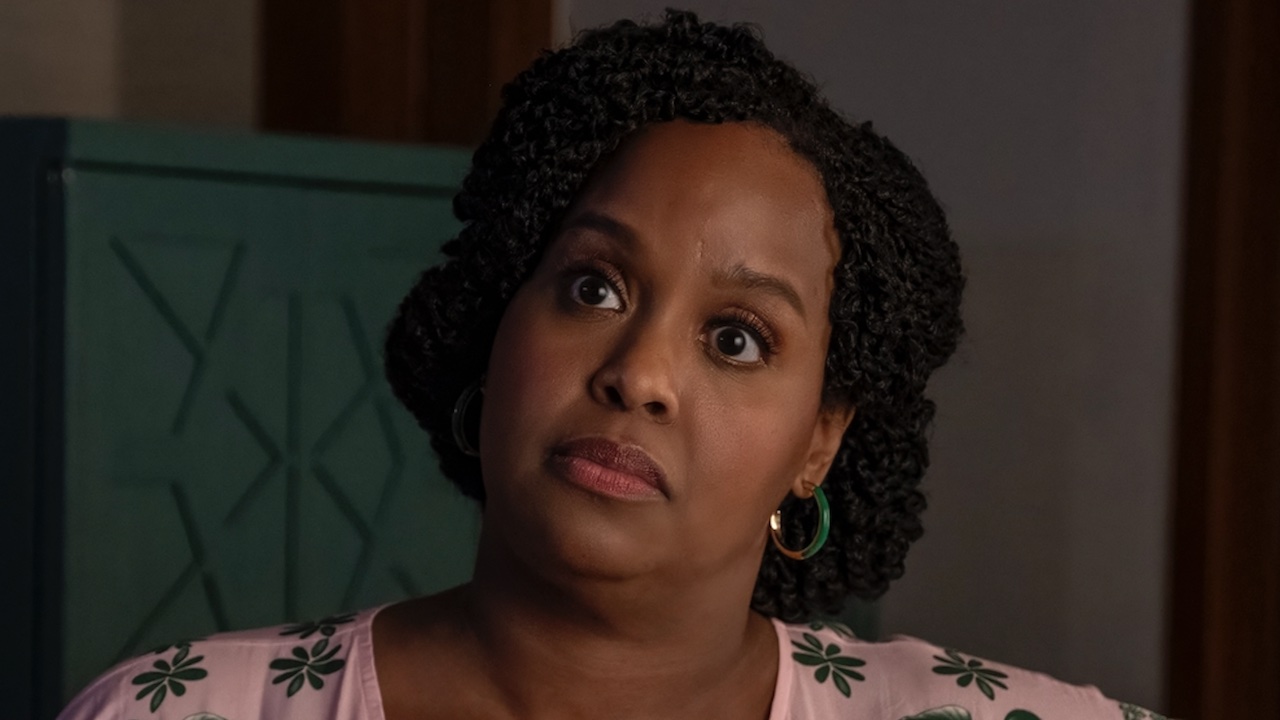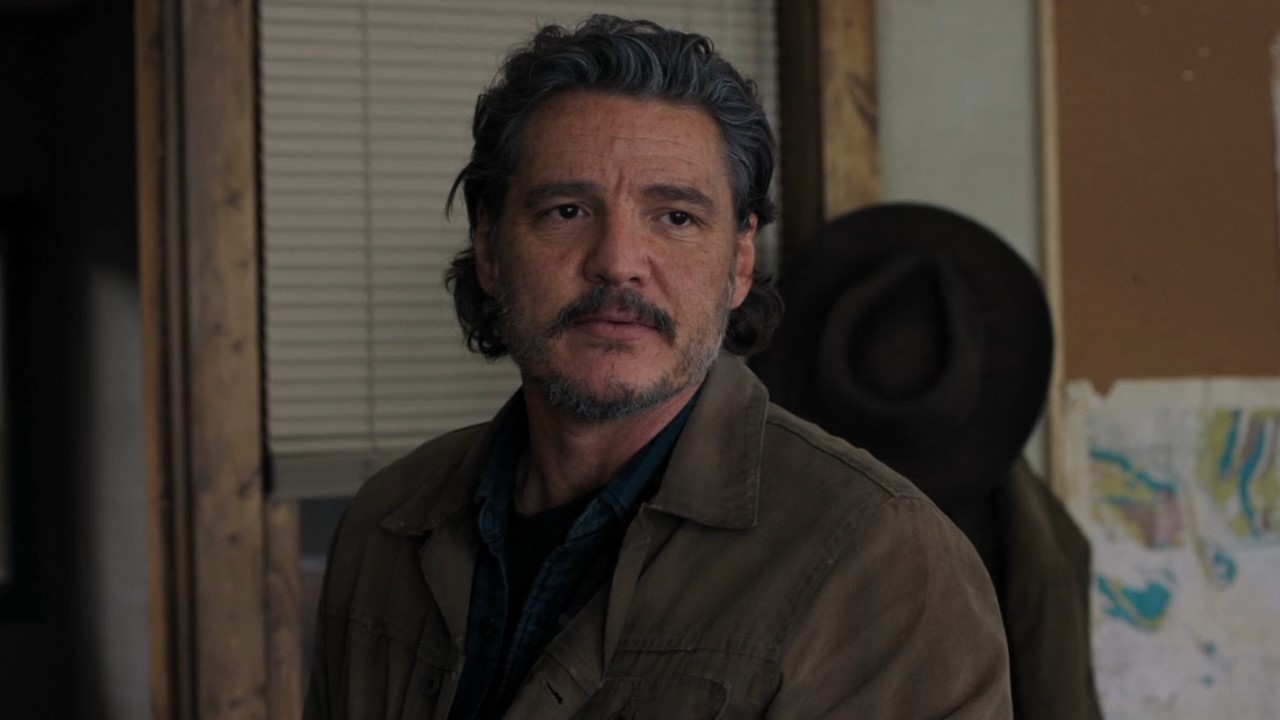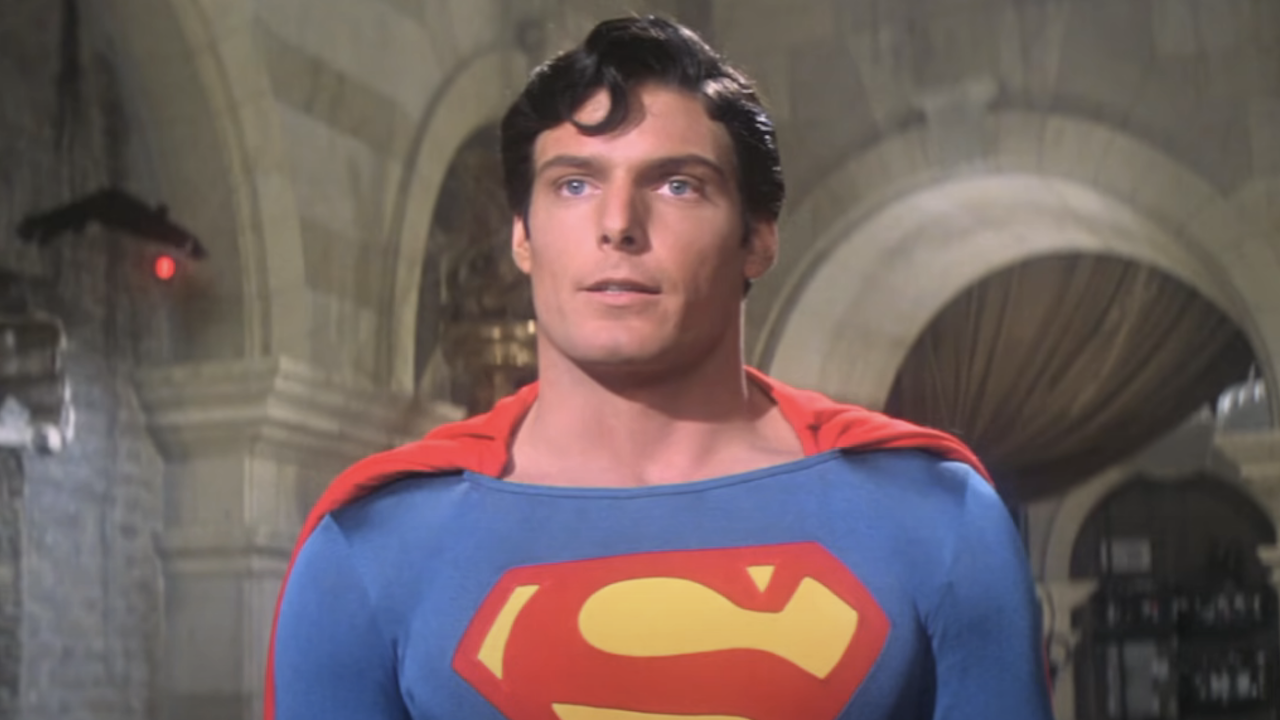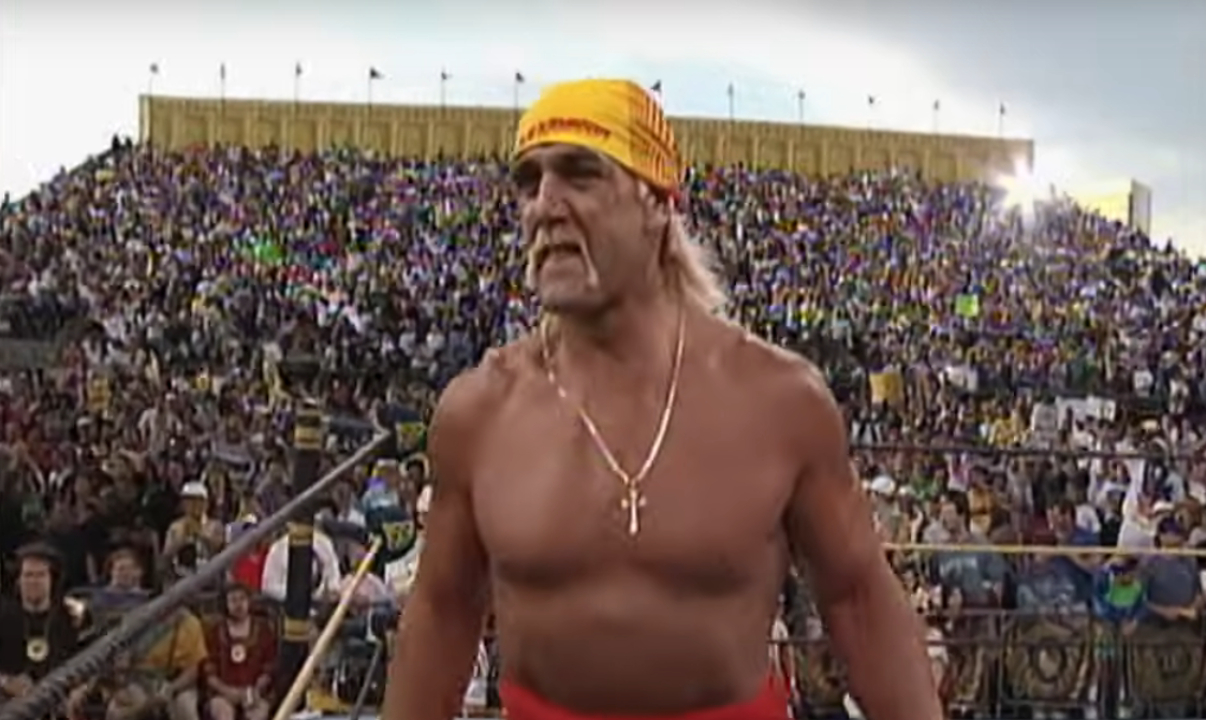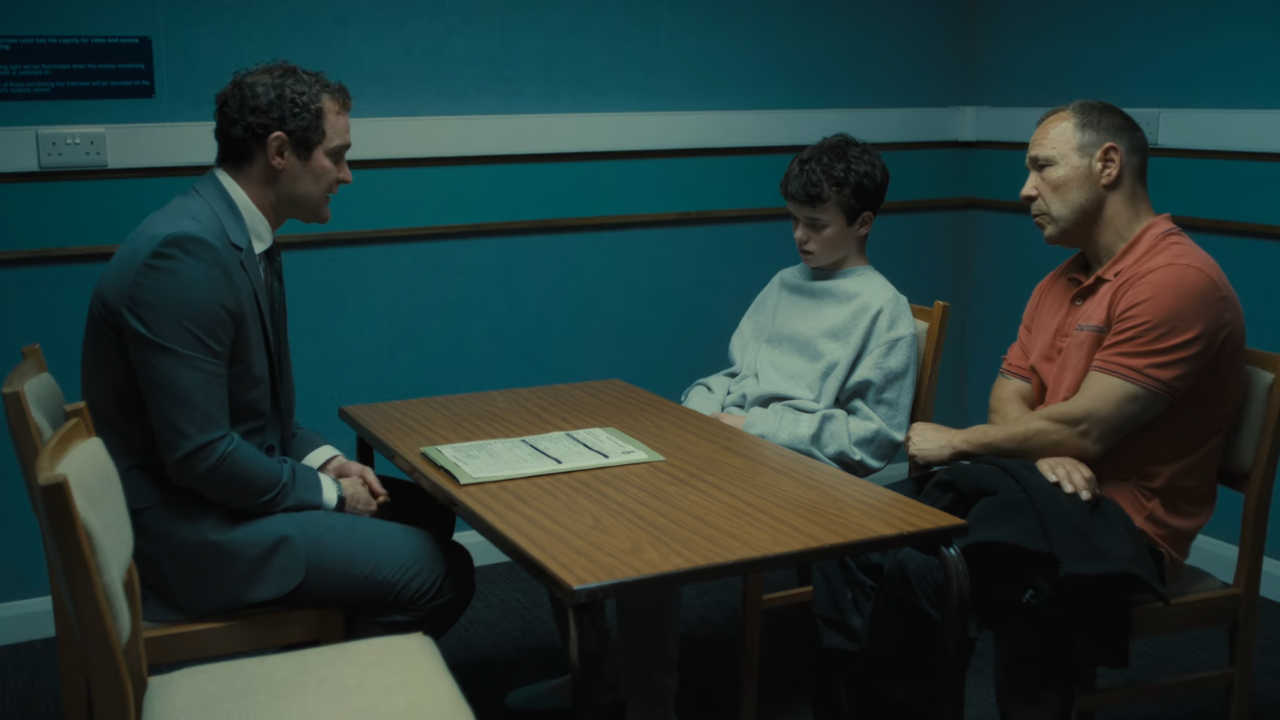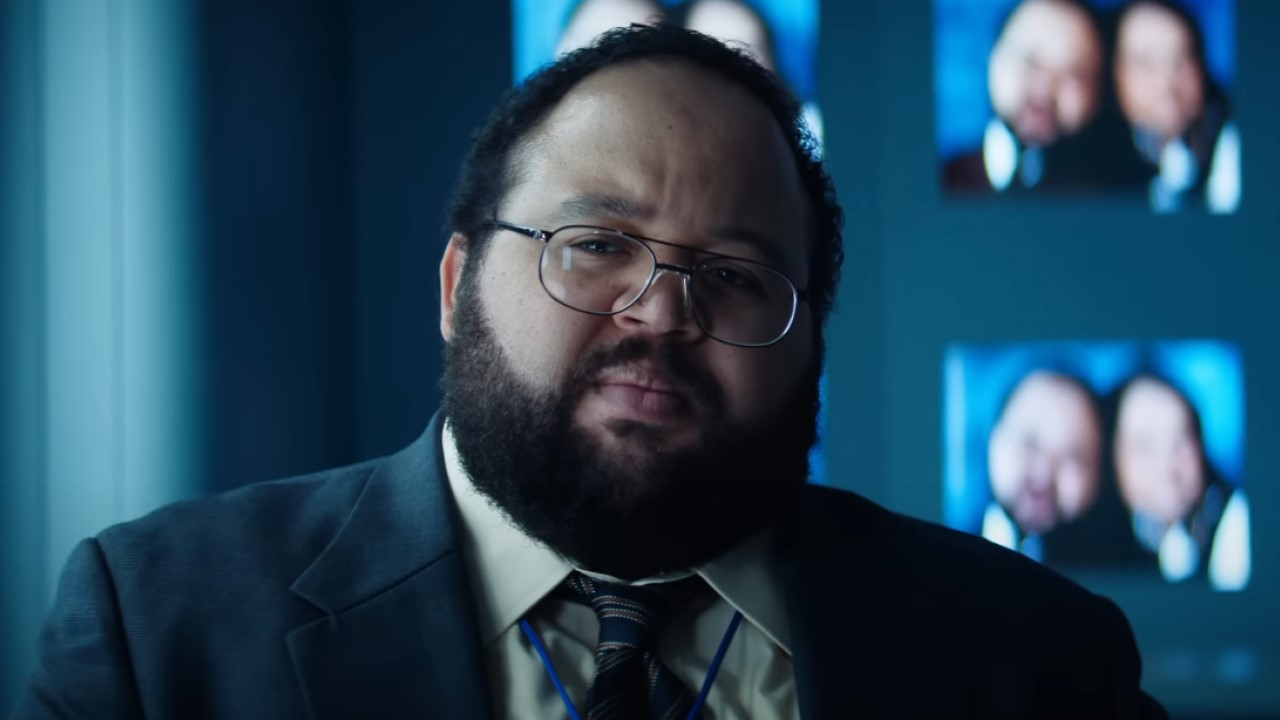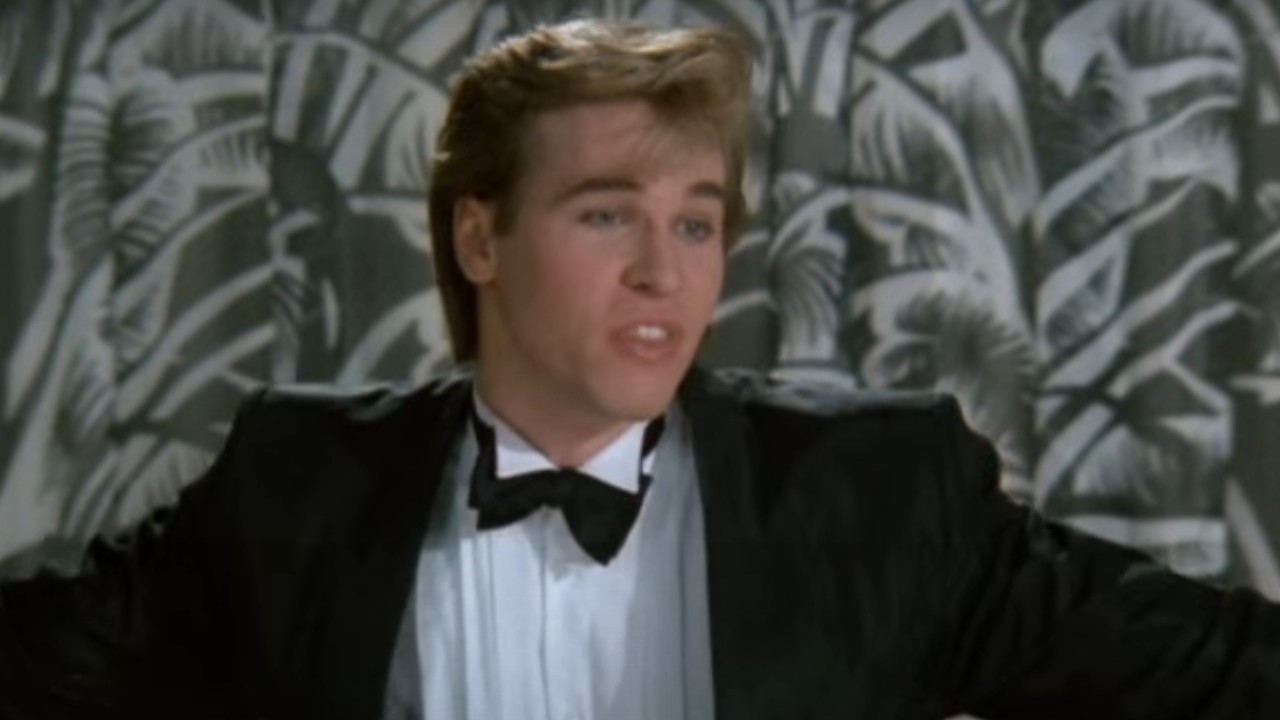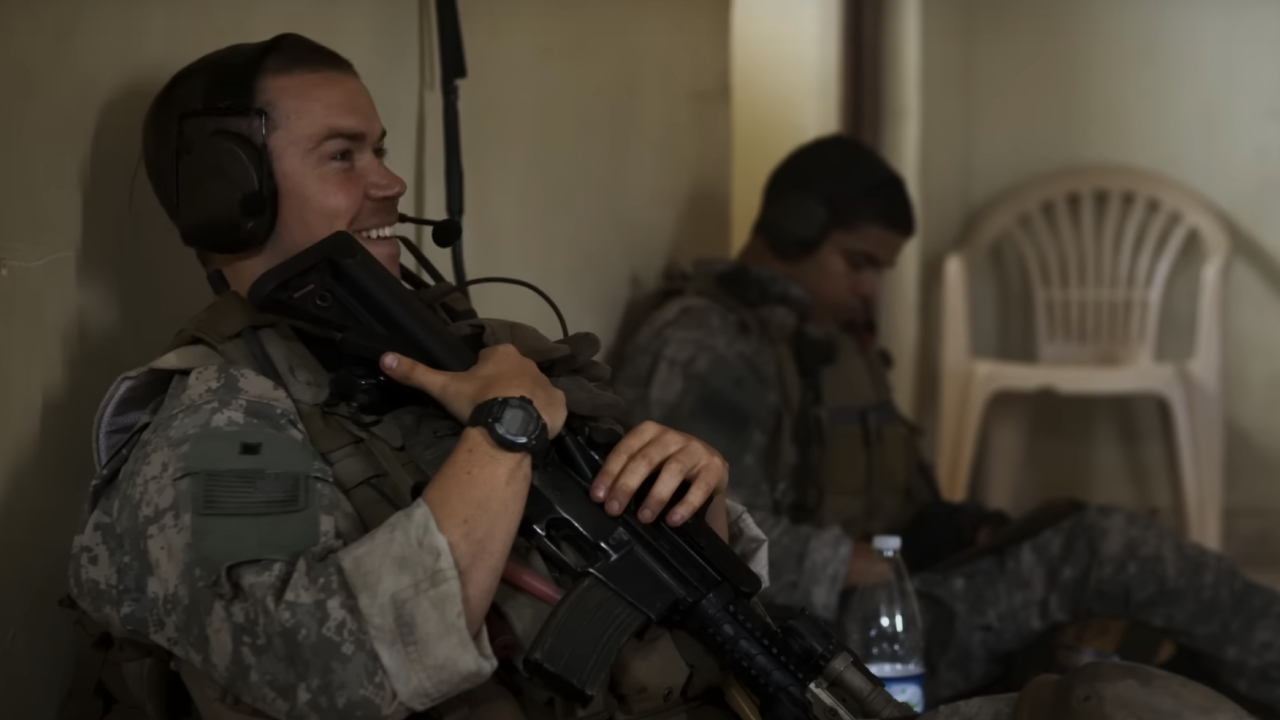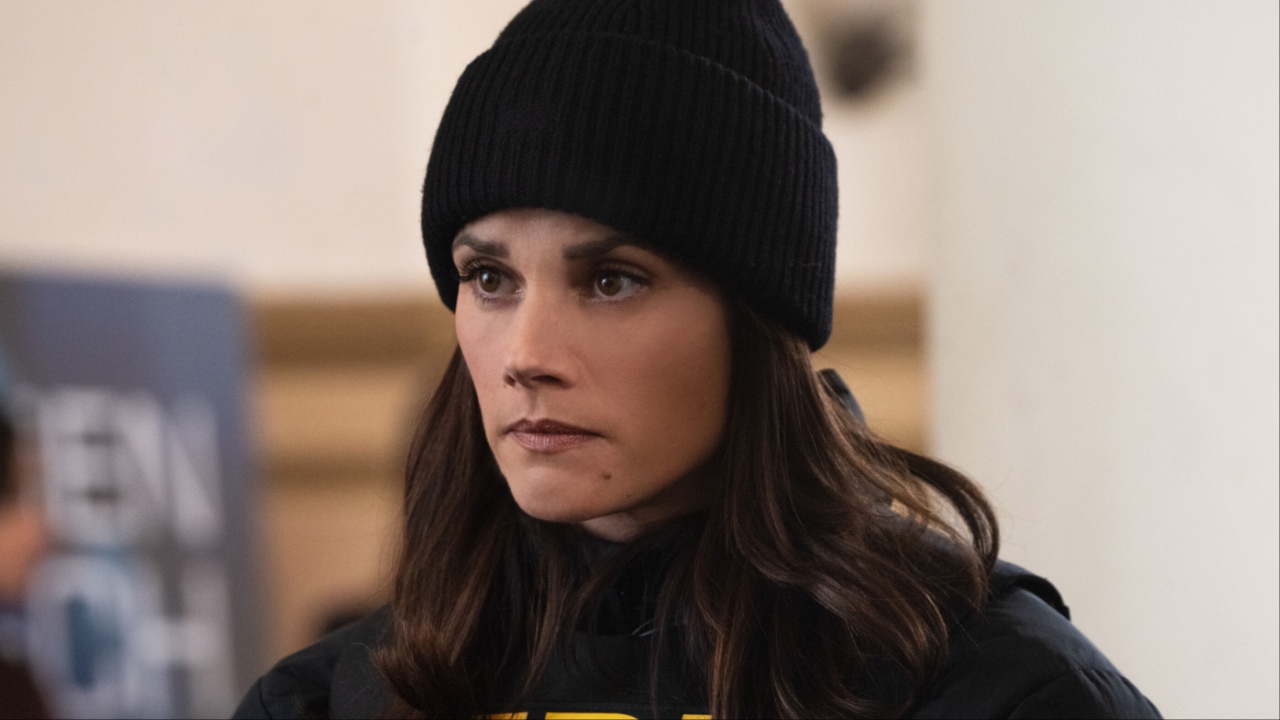The Halloween Movies: 13 Behind-The-Scenes Facts About The Horror Movie Franchise
Secrets from the night(s) HE came back.
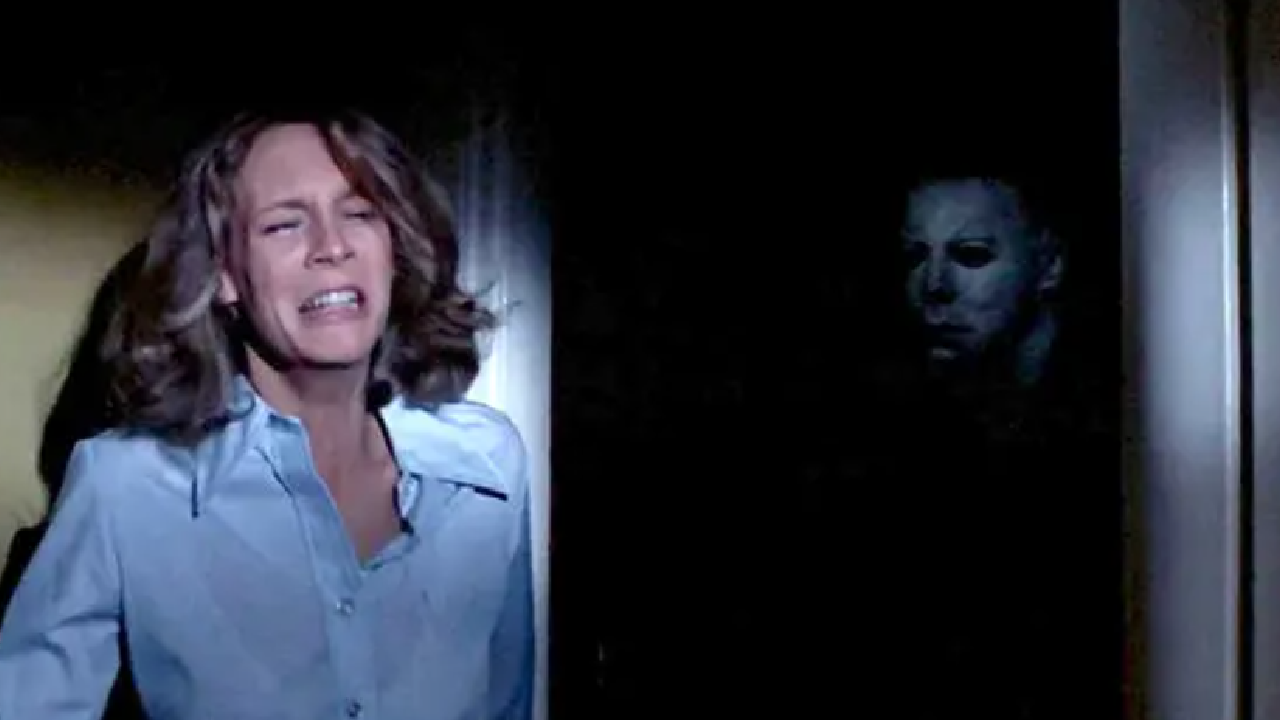
Some are still not convinced we have really seen the end, but we have certainly reached a pivotal moment for the Halloween movies with Halloween Ends. Not only does the 2022 horror flick close out director David Gordon Green’s sequel trilogy, but it is the “lucky” 13th installment of one of the most beloved scary movie franchises ever.
That being said, there is no better time to look back on the previous adventures of Michael Myers (and one adventure without him) with a lucky number of 13 spooky behind-the-scenes facts about them. Let's start with one of the most legendary bits of trivia regarding John Carpenter’s original classic.
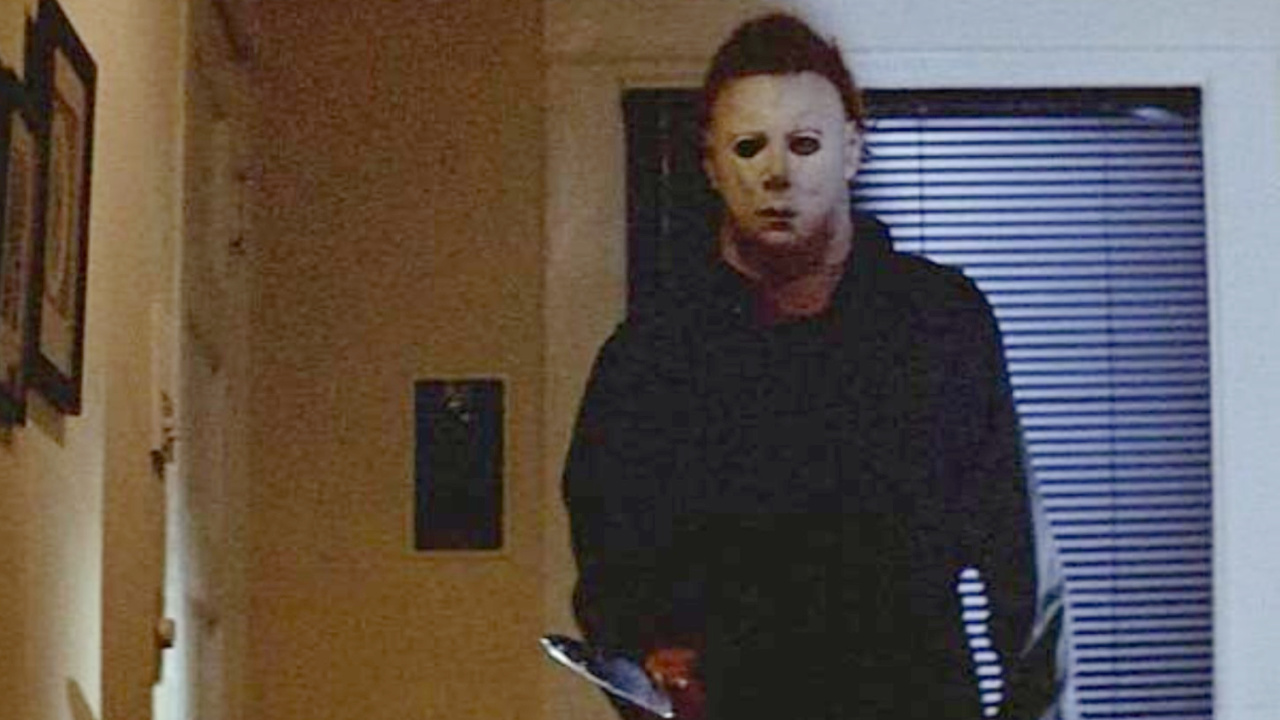
Michael Myers’ Mask Is A Modified Captain Kirk Mask
A key element of Michael Myers' legacy as one greatest horror movie villains is his mask — a brilliantly simple design bearing a white, expressionless face. If that face ever looked familiar to 1978 audiences, it's probably because it was originally modeled after William Shatner as Captain James T. Kirk. Editor and production designer Tommy Lee Wallace recalled on Netflix’s The Movies That Made Us how he found the rubber Star Trek character mask at a costume shop, widened the eye holes, spay painted it white, died the blonde hair brown, and a legend was born.
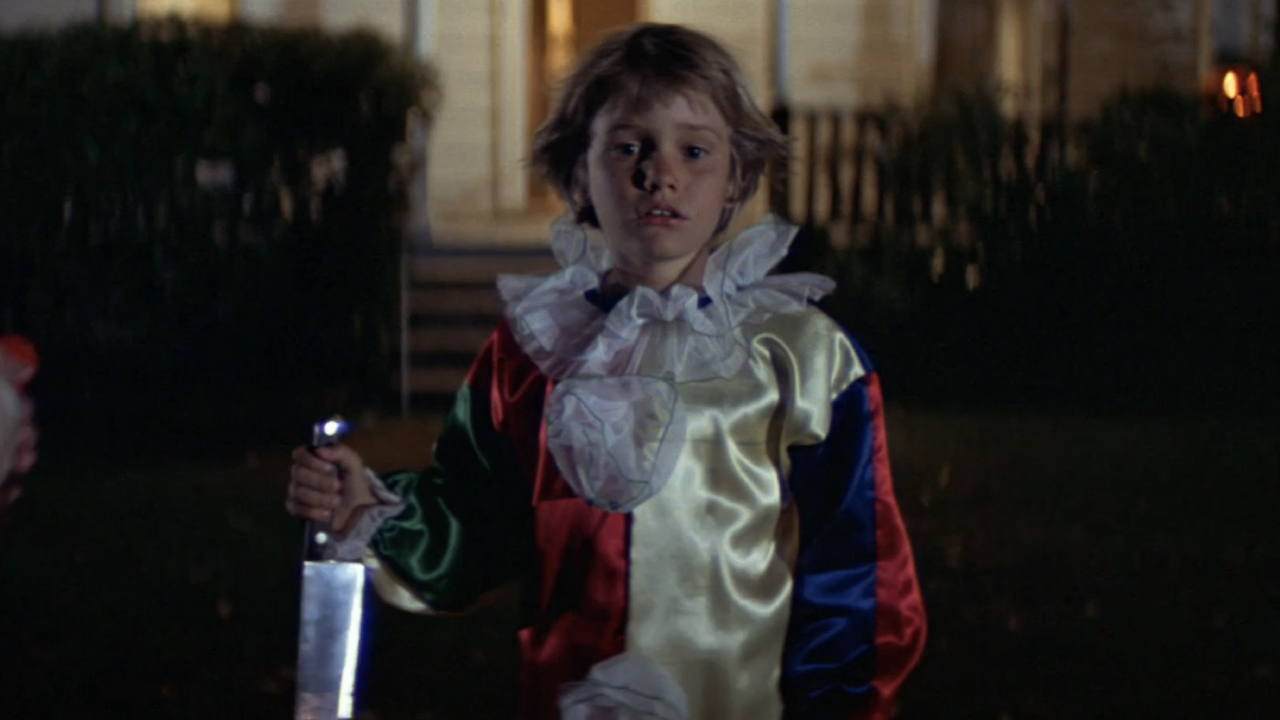
In Close-ups, Young Michael Myers’ Hand Is Really Producer Debra Hill’s Hand
There are other ways that the original Halloween proves looks can be deceiving. On an audio commentary track released on the 35th-anniversary edition Blu-ray release, reigning Scream Queen and Laurie Strode actor Jamie Lee Curtis and John Carpenter revealed a fun secret about the film’s shocking opening sequence. You can barely tell from some key shots being out of focus, but whenever you see the hand of young Michael Myers holding a knife, you are really looking at the hand of Carpenter’s producing partner and co-writer, the late Debra Hill.
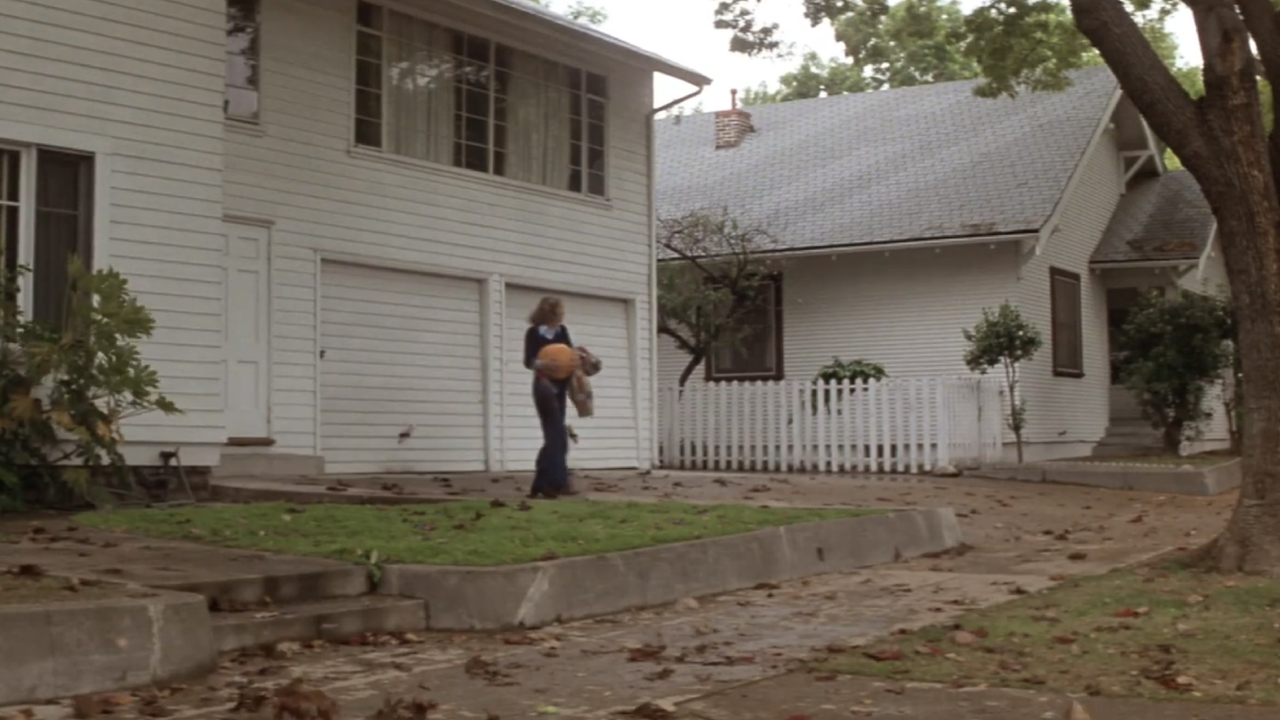
Leaves Were Painted To Create A Fall Mood During The Film’s Summer Production
Curtis and Carpenter revealed another intriguing fact about visual trickery from the set of Halloween on their commentary track. While the film takes place in late October in the fictional town of Haddonfield, Illinois, it was shot in the summer in Pasadena, California. As Curtis says, to create the illusion that the story occurred on the titular holiday, the crew took real, green leaves, painted them brown, and spread them out on the ground with a fan running in place of a genuine fall breeze.
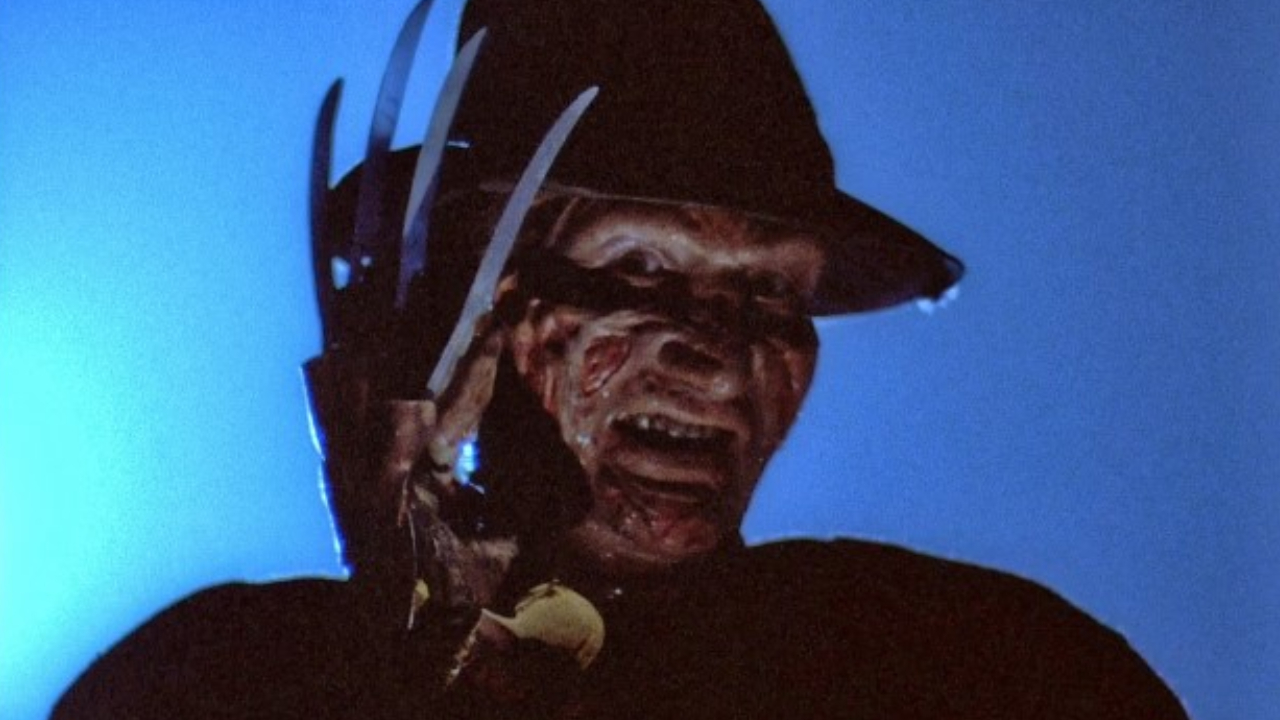
Freddy Krueger Actor Robert Englund Worked On The Halloween Set
You want to hear yet another fun fact about those fake leaves? Years before he gave one of his greatest performances as fellow slasher Freddy Kreuger, Robert Englund was hired for one day on the Halloween set to spread the leaves you see on screen. The horror movie icon spilled this eye-opener to Access while promoting his 2018 appearance in an episode of The Goldbergs that paid tribute to his seminal role in Wes Craven’s A Nightmare on Elm Street cast.
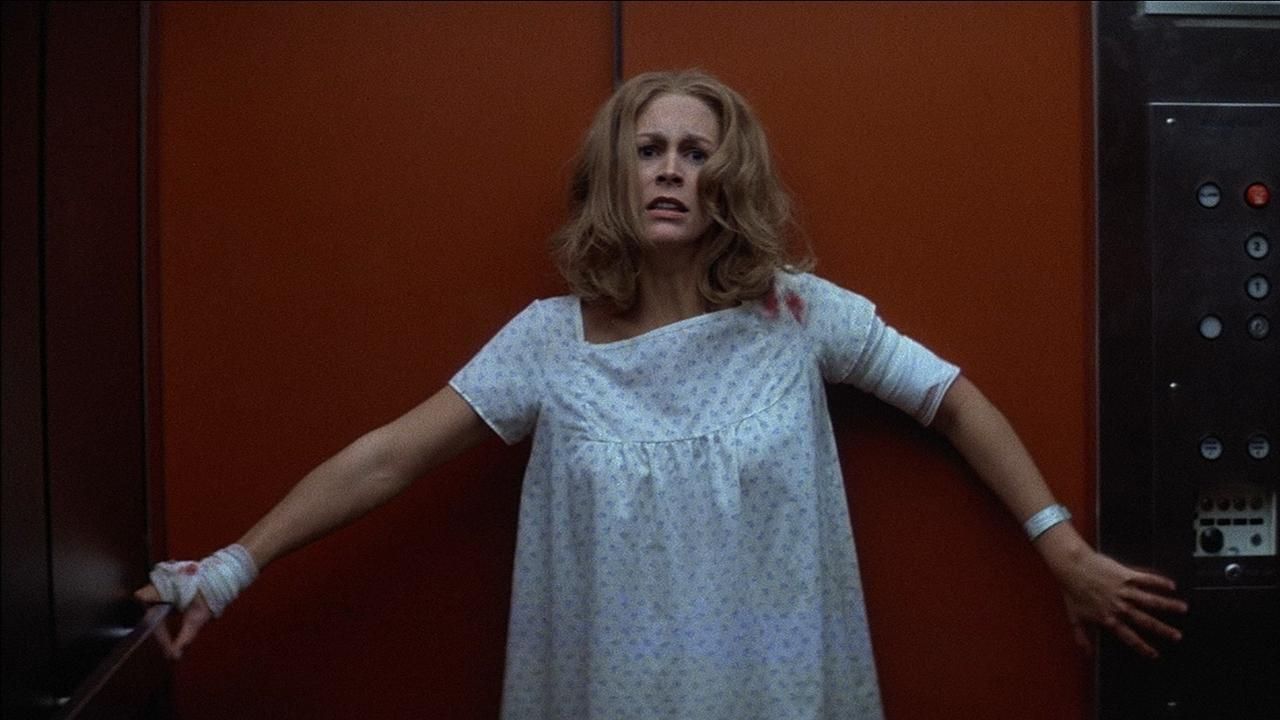
The Twist That Laurie Is Michael’s Sister Came From John Carpenter’s Drunken Mind
If you have ever felt that Laurie being revealed as Michael Myers’ sister was kind of random and unnecessary, you are not alone. In fact, John Carpenter himself was never fond of the idea either, despite being the one who came up with it. So, how did the twist that would influence much of the franchise moving forward come to be? The filmmaker explained it to The Daily Beast with the following quote:
CINEMABLEND NEWSLETTER
Your Daily Blend of Entertainment News
Halloween was sold to NBC to show it. But it was too short... So I had to go back and shoot some more footage to make it longer. And I was absolutely stuck. I didn't know what to do. I mean, the movie is the movie — I don't want to touch it. But everybody will be happy with me, and they'll make money, and that's great. So I had to come up with something. I think it was, perhaps, a late night fueled by alcoholic beverages, was that idea. A terrible, stupid idea! But that's what we did.
Laurie’s previously unknown family history and, hence, Michael’s deadly motivation officially became canon (at least until David Gordon Green’s trilogy did away with it) in 1981's Halloween II. While the sequel is regarded today by most as a classic ‘80s slasher movie, it was not without its critics at the time… including from one of its producers.
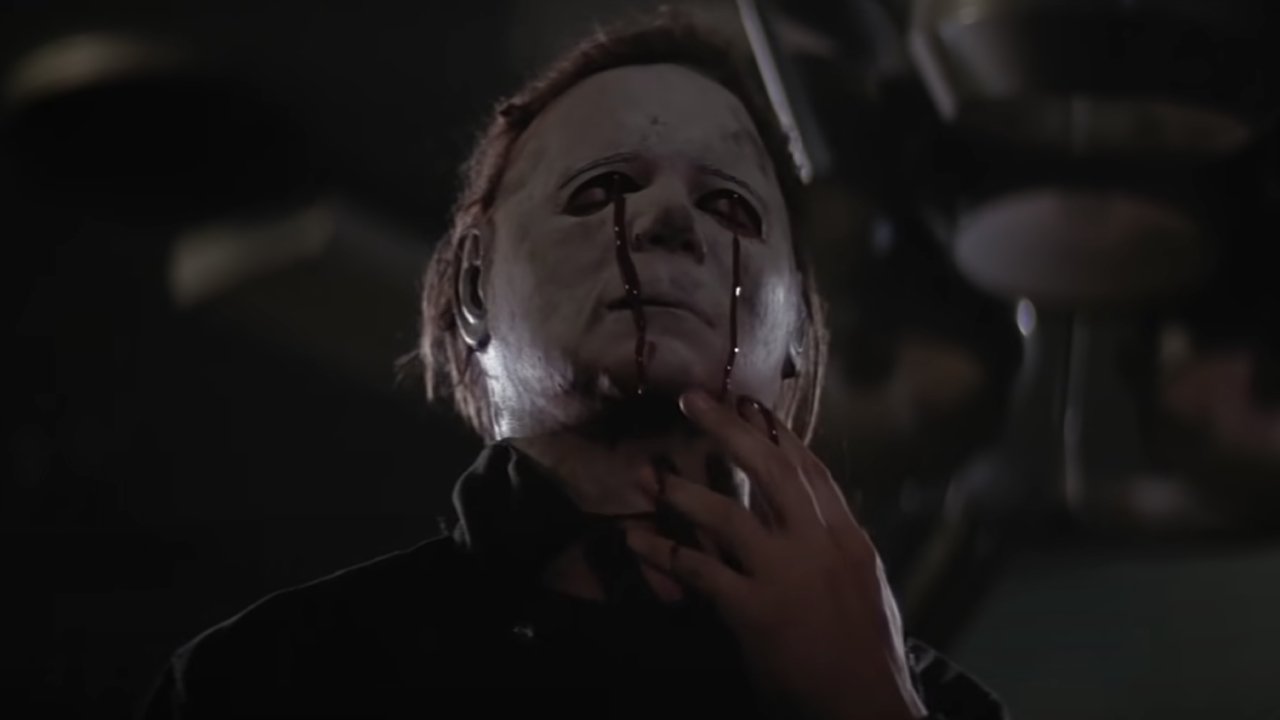
Halloween II’s Michael Myers Actor Was Criticized By Debra Hill For His Walk
After filmmaker Nick Castle originated the role of Michael Myers (and reprised it for some scenes of the most recent movies), he was replaced in Halloween II with Dick Warlock, who was not quite a favorite for Debra Hill.
In an interview for BackToTheMovies in 2013, the stunt coordinator recalled that, years later on a behind-the-scenes featurette, the producer and co-writer vocally expressed her dissatisfaction over the way he walked on camera, which she claimed was not quite a match for Castle’s portrayal. Warlock was upset to hear about this because she never told him how she really felt on set, but he notes that he still enjoyed working with her and wishes she could have been around to defend herself.
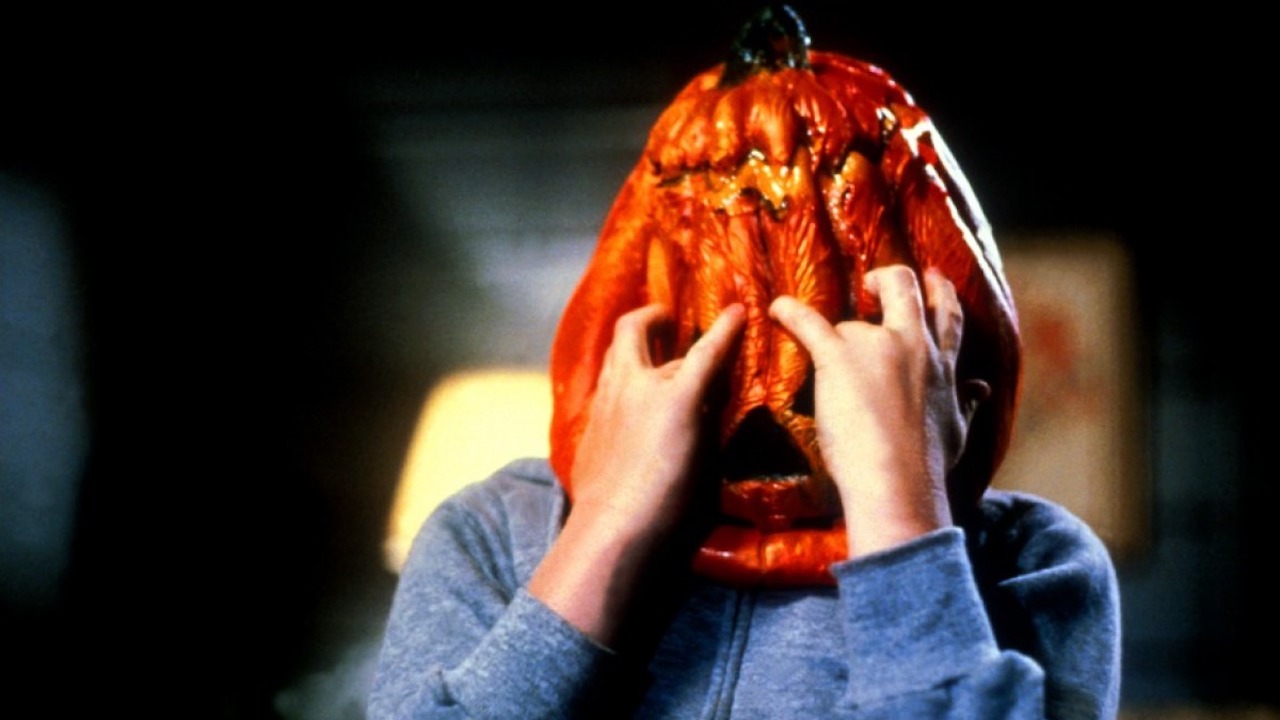
Joe Dante Was Originally Hired To Direct Halloween III: Season Of The Witch
Dick Warlock also appeared in 1982's Halloween III: Season of the Witch, which introduces whole new story about witchcraft and some popular rubber masks — an idea that proved controversial at the time.
The commercial flop, which has since found a cult following, was Tommy Lee Wallace's directorial debut, but it was almost helmed by a now legend of the horror genre: Joe Dante. The director of The Howling and the Gremlins movies explained on the Halloweenies podcast that he had to drop out of the project due to scheduling conflicts with another anthology-style thriller: Twilight Zone: The Movie.
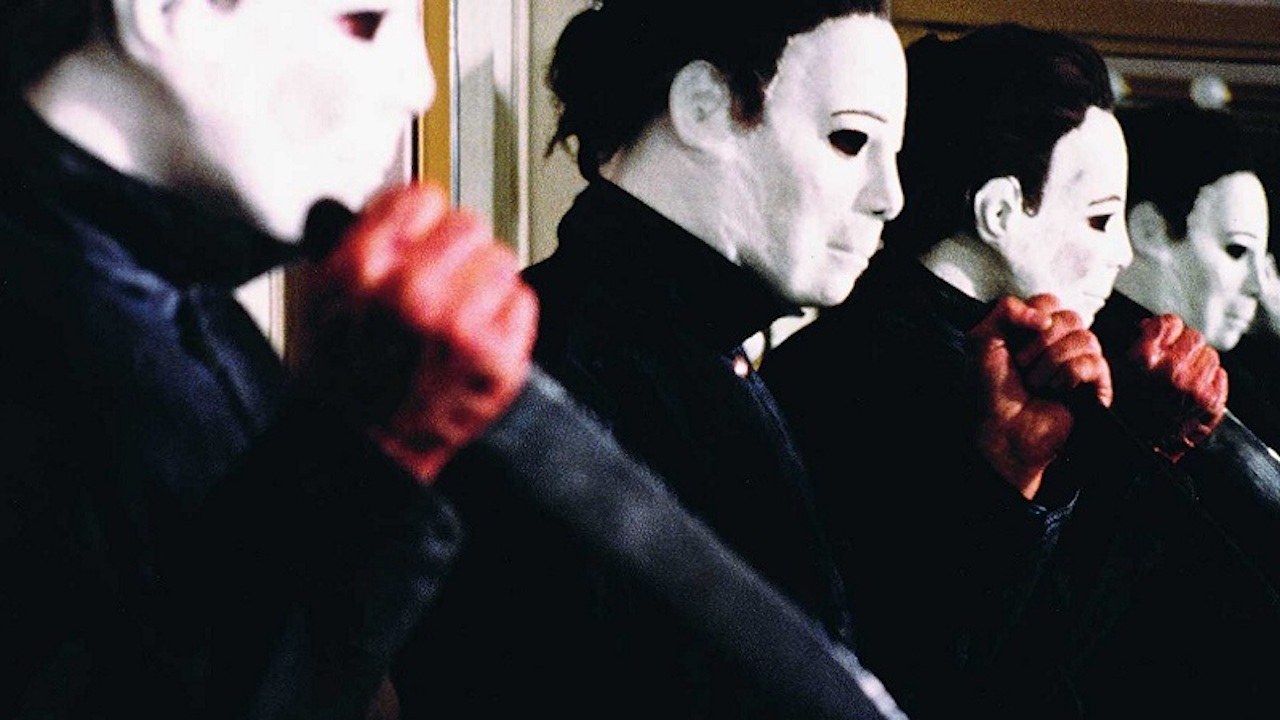
Halloween 4’s Makeup Artist Had His Job Saved By A Fangoria Writer
Michael Myers returned in 1988’s Halloween 4: The Return of Michael Myers, in which he was actually played by two actors: Tom Morga and George Wilbur. The explanation for why relates to an on-set conflict with an unnamed producer that almost cost someone else their job on the production: makeup technician Ken Horn, who recalled the following story on a Blu-ray featurette:
The producer wanted the eyes [on Michael’s mask] bigger and I said, ‘There’s no way I can cut those eyes open and change the filter within three minutes when we’re filming because, if we do, the glue would be fresh and Tom underneath it would actually faint and fall over and kill himself.’ So, we had a big argument… Finally, we won because we had no time… He decided to fire me and he did. Fired me right in front of the crew. At the time, Fangoria Magazine was doing a big article. The guy who was there knew me and he told the producer that if he didn’t hire me back, he would not do anything for him whatsoever to promote this movie.
The unnamed reporter successfully got Horn re-hired, but the concerns over the size of the mask did, unfortunately, result in Morga’s removal from the cast, leaving Wilbur to fill in. While he would go uncredited for his work as the viillain, he can still say he is the only actor to ever play three iconic slashers: Michael, Jason Voorhees in Friday the 13th Part V: A New Beginning (which, to be fair, is really a fake Jason named Roy), and Leatherface in The Texas Chainsaw Massacre 2.
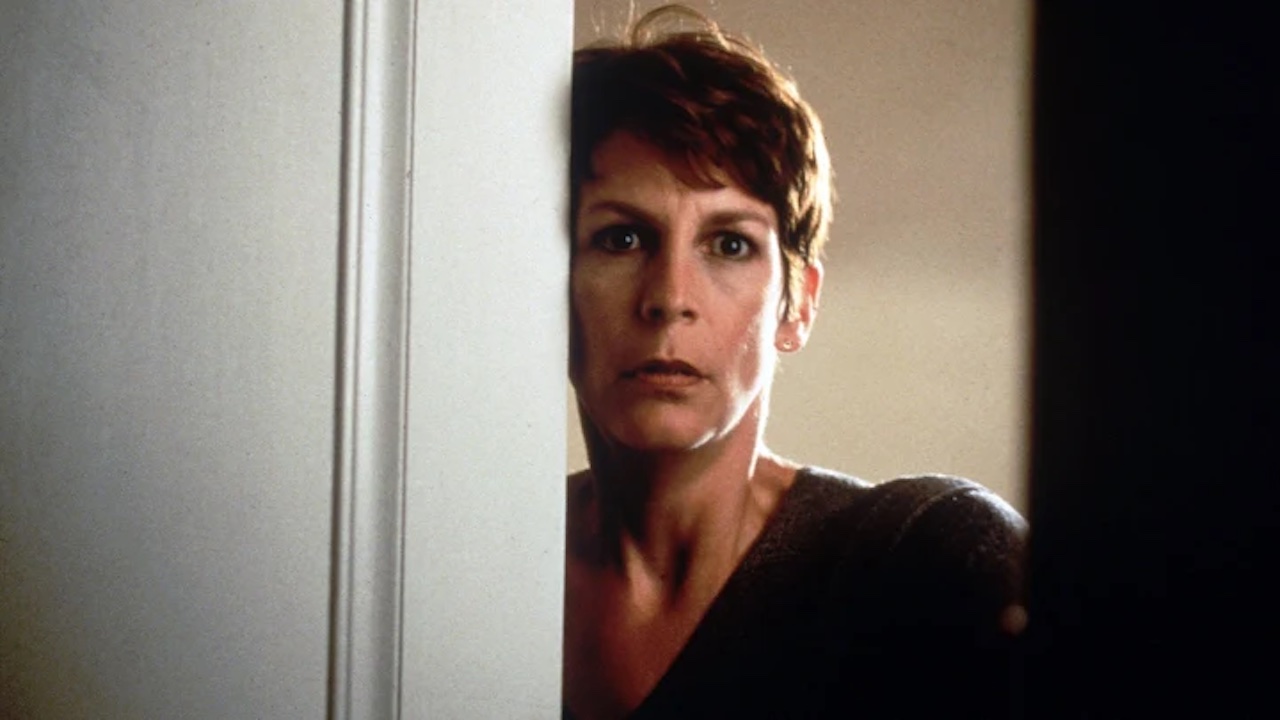
Jamie Lee Curtis Had To Fight For “Michael’s” Death Scene In Halloween H20
The franchise’s continuity was reset (for the first time) with the seventh installment, 1998’s Halloween H20: 20 Years Later, which was actually the brainchild of Jamie Lee Curtis. As ScreenRant reports, she wanted to end the film (and the series) with Laurie killing Michael Myers.
However, after multiple scripts that contradicted her wishes came in, she learned there was a contract that prevented Michael from dying, which almost sent Curtis packing until the idea of an implied death that would be revealed as a fake in the following movie was brought up. Curtis agreed to this idea on the condition that she would also be killed off at the beginning of 2002’s Halloween: Resurrection, which shows up on most Halloween movie rankings at the bottom.
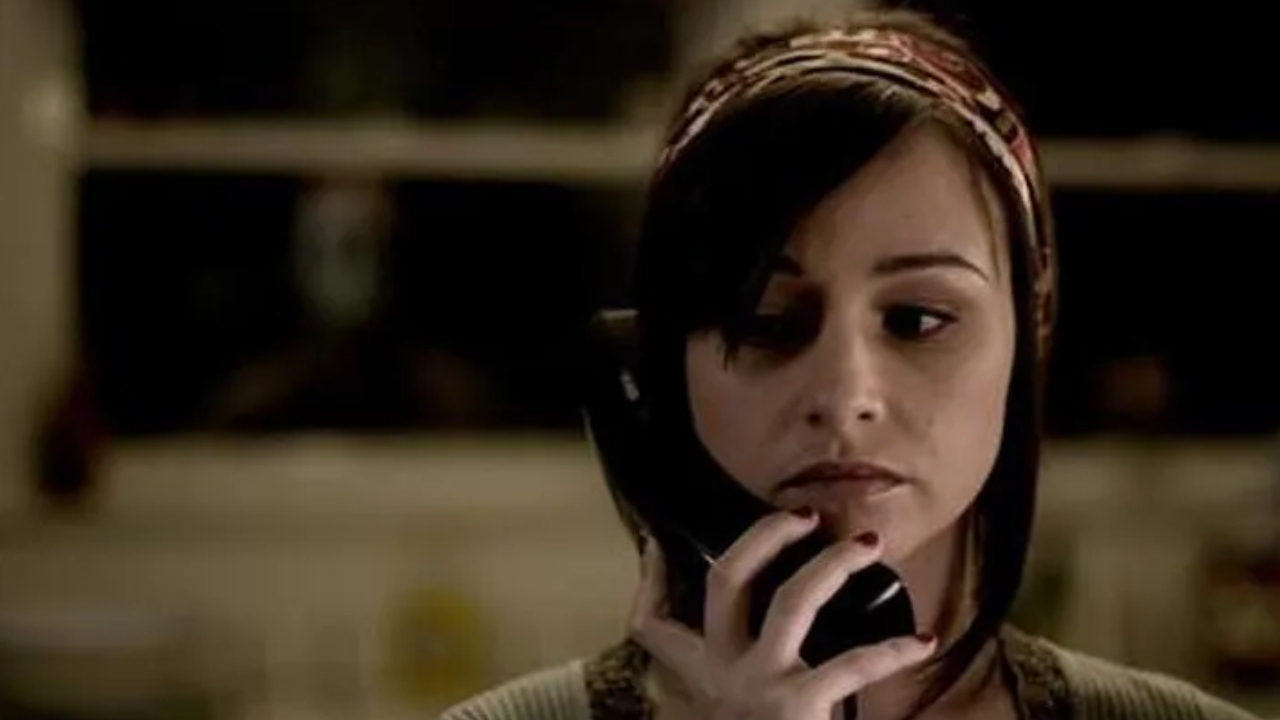
Danielle Harris’ Agreement To Nudity Convinced Rob Zombie To Cast Her In His Halloween Remake
However, some might rather put Resurrection above the 2007 remake and its 2009 sequel, which are probably the most controversial Rob Zombie movies. Although, some haters may agree that a saving grace is the casting of Danielle Harris (who played Laurie's daughter, Jamie Lloyd, in the fourth and fifth films) as Annie Brackett — a role the actor apparently had to fight for because the musician-turned-filmmaker wanted no franchise veterans in the cast. According to an interview with BuzzFeed, it was Harris’ agreement to a nude scene that actually earned her the role and, subsequently, opened up more opportunities for her as a Scream Queen.
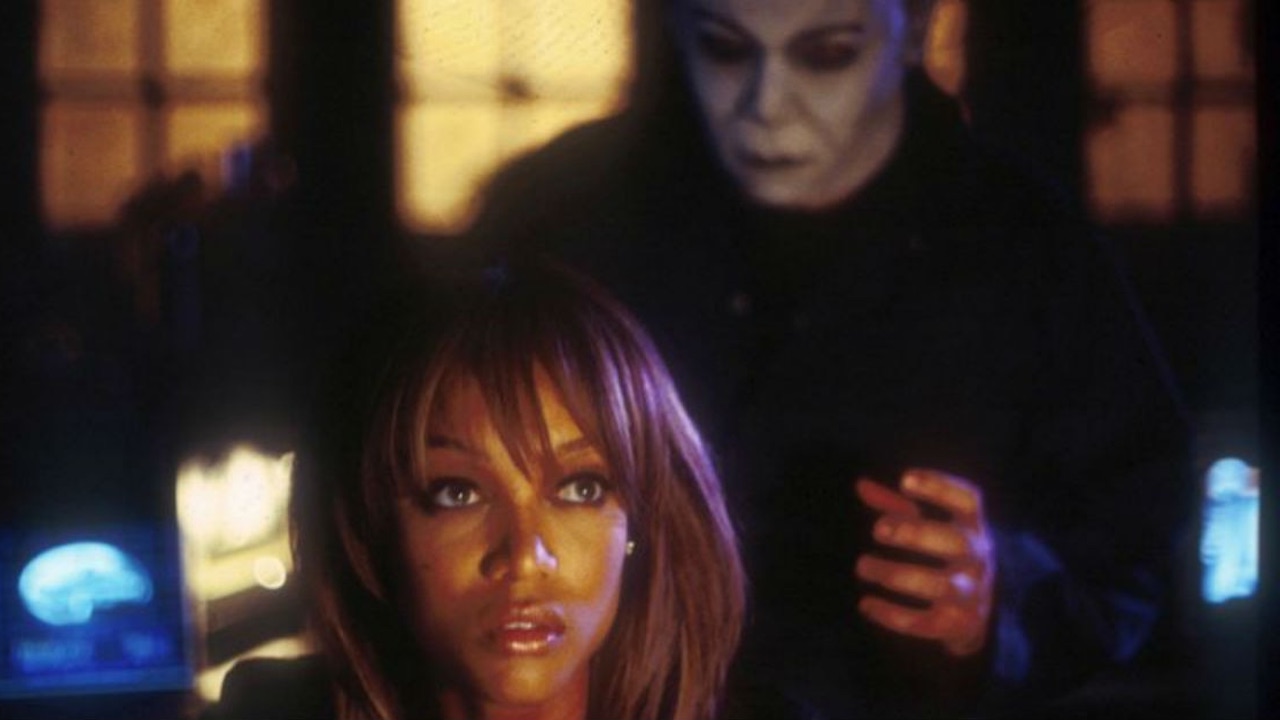
A Follow-Up To Halloween: Resurrection Was Planned Before Rob Zombie Took Over
Before Rob Zombie's remakes, there was an idea to go forward after Resurrection with another sequel that would have been the brainchild of writer Jake Wade Wall. He explained to Bloody-Disgusting that his script, called Halloween: The Missing Years, was an attempt to tie Halloween III to the rest of the franchise and explain Michael Myers’ whereabouts during its events.
Considering how a shot of the original Halloween trailer in the 1982 spin-off confirms Michael is fictional in that universe and how his whereabouts after Halloween II are explained at the beginning of the fourth film, I am not sure how Wall would have been able to make sense of this concept.
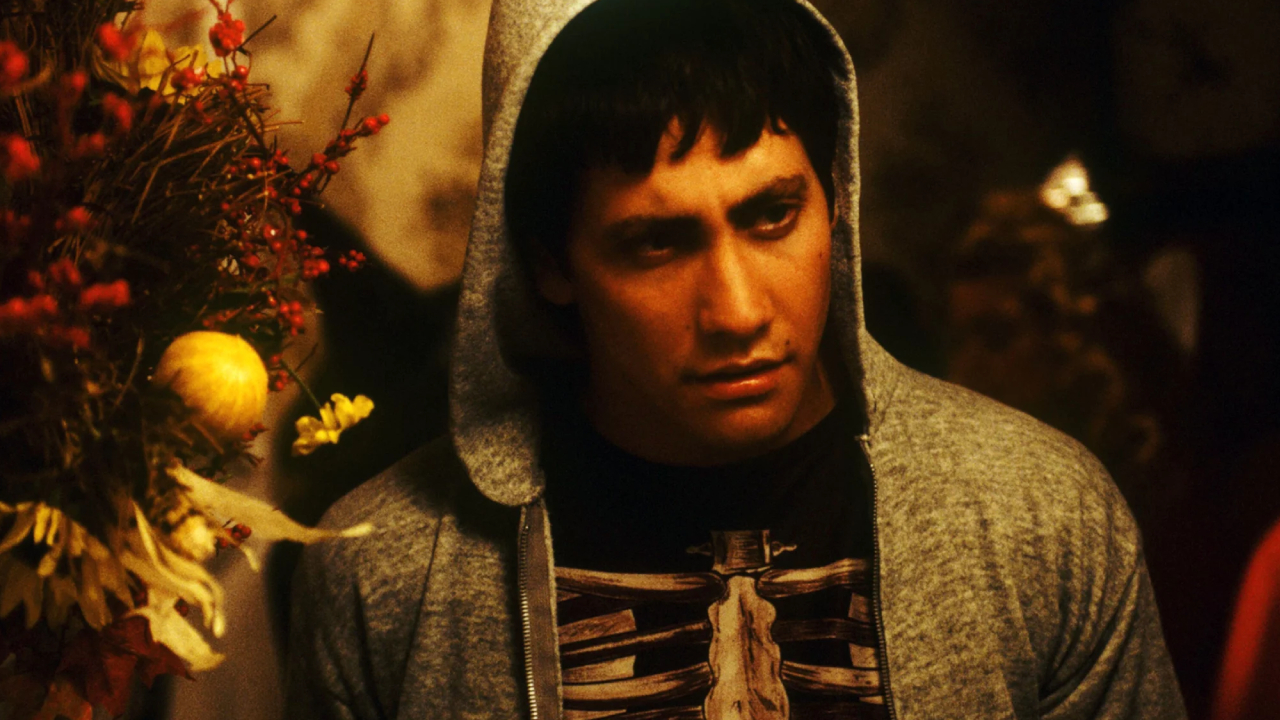
Jake Gyllenhaal Helped Get 2018’s Halloween Made
Regardless of how polarizing the recent installments turned out to be, most fans can at least agree David Gordon Green’s “requel” trilogy was a step in the right direction, following some decidedly lackluster sequels and controversial remakes.
One of the unsung heroes of the revamped Halloween franchise is actually the last person you might expect: Jake Gyllenhaal. In 2017, the Academy Award nominee personally called Jamie Lee Curtis — who, then, had no intention of playing Laurie again — telling her that his Stronger director, Green, wanted to get ahold of her to talk about another Halloween movie and the rest is history.
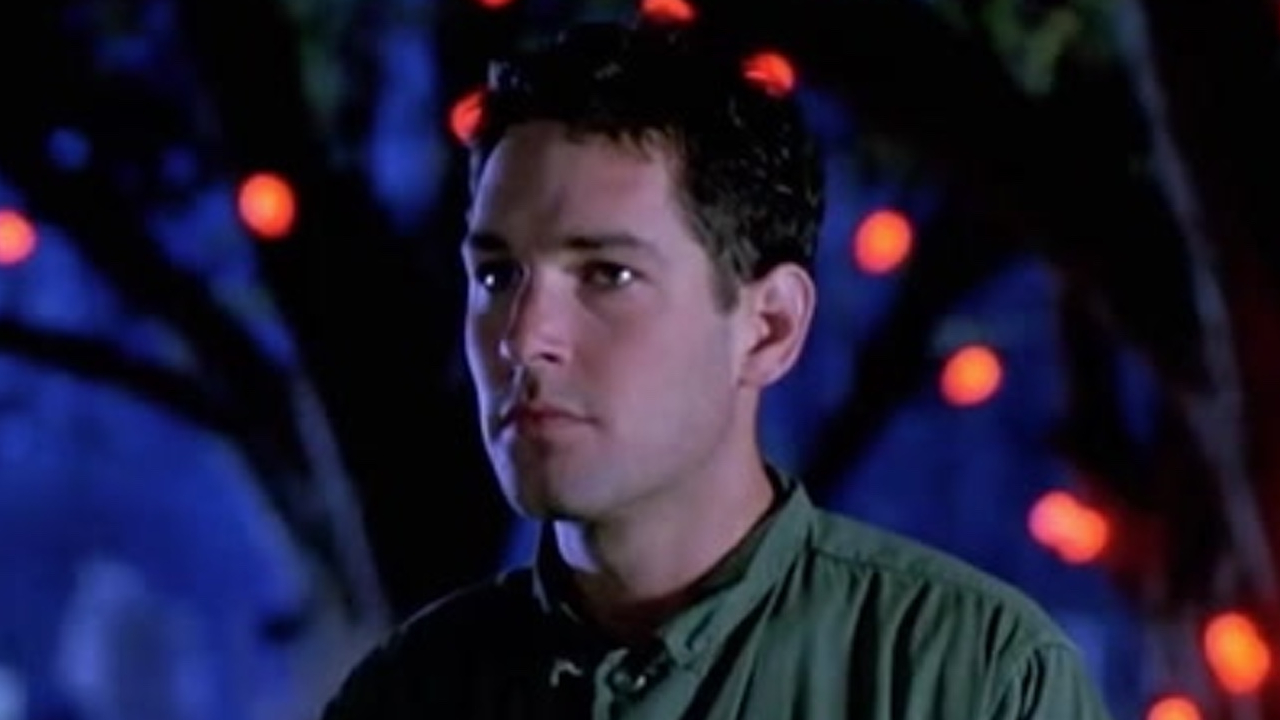
Paul Rudd Was Asked To Reprise Tommy Doyle In Halloween Kills
The new trilogy is commended for bringing back other franchise veterans, including The Real Housewives of Beverly Hills star Kyle Richards as Lindsey. According to ScreenRant, we could have seen another veteran reprise his role, had Paul Rudd agreed to play Tommy Doyle in Halloween Kills.
One of the MCU actor’s first credits was 1995’s Halloween: The Curse of Michael Myers, as the little boy Laurie babysat in the original and whom he was reportedly unable to appear as in the 2021 sequel. He did, however, reach out to give his blessing to Anthony Michael Hall when he ended up filling the position.
There are plenty of other horror movie behind-the-scenes facts where these came from. In fact, there could also more Halloween movies on the horizon, given the killer box office results of Halloween Ends. At least we will have some more trivia to add to this list by then.
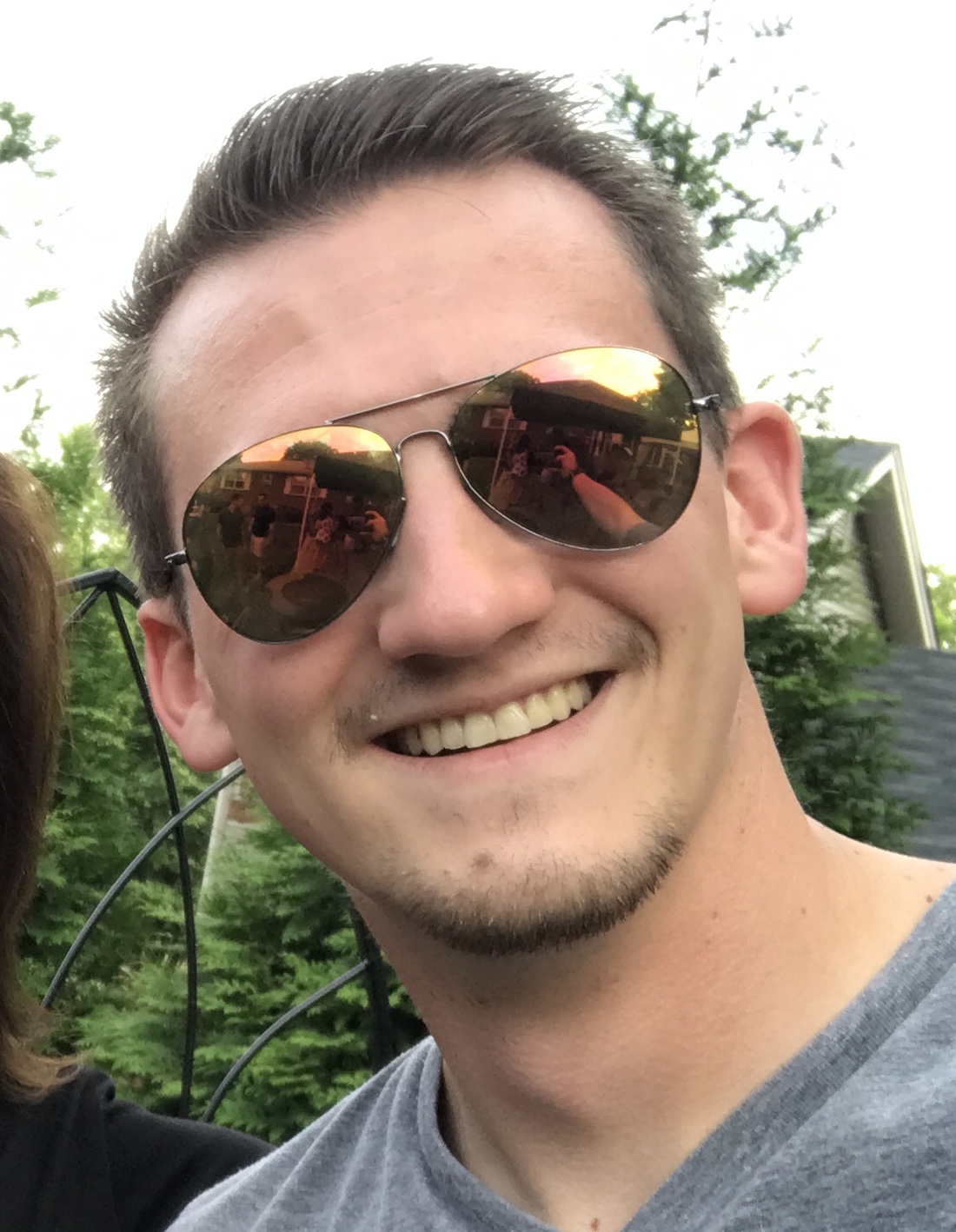
Jason Wiese writes feature stories for CinemaBlend. His occupation results from years dreaming of a filmmaking career, settling on a "professional film fan" career, studying journalism at Lindenwood University in St. Charles, MO (where he served as Culture Editor for its student-run print and online publications), and a brief stint of reviewing movies for fun. He would later continue that side-hustle of film criticism on TikTok (@wiesewisdom), where he posts videos on a semi-weekly basis. Look for his name in almost any article about Batman.
